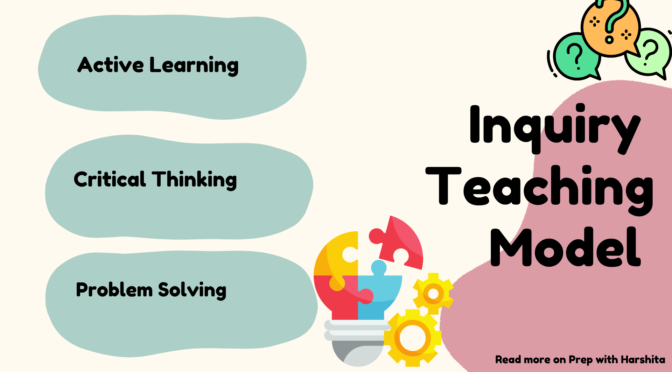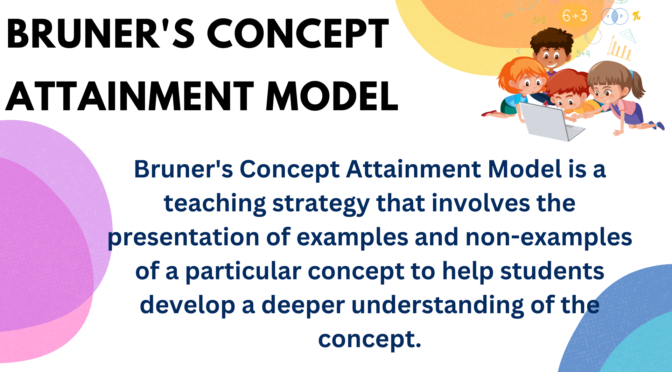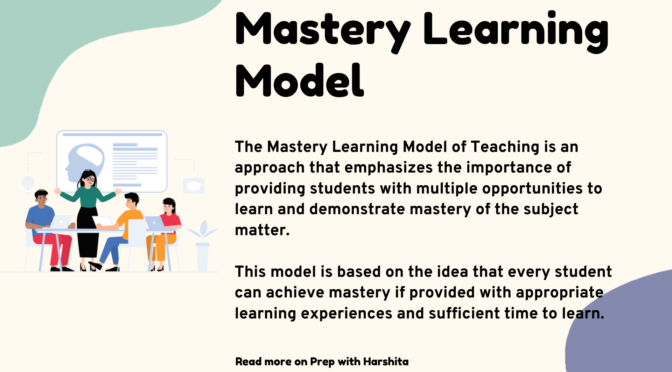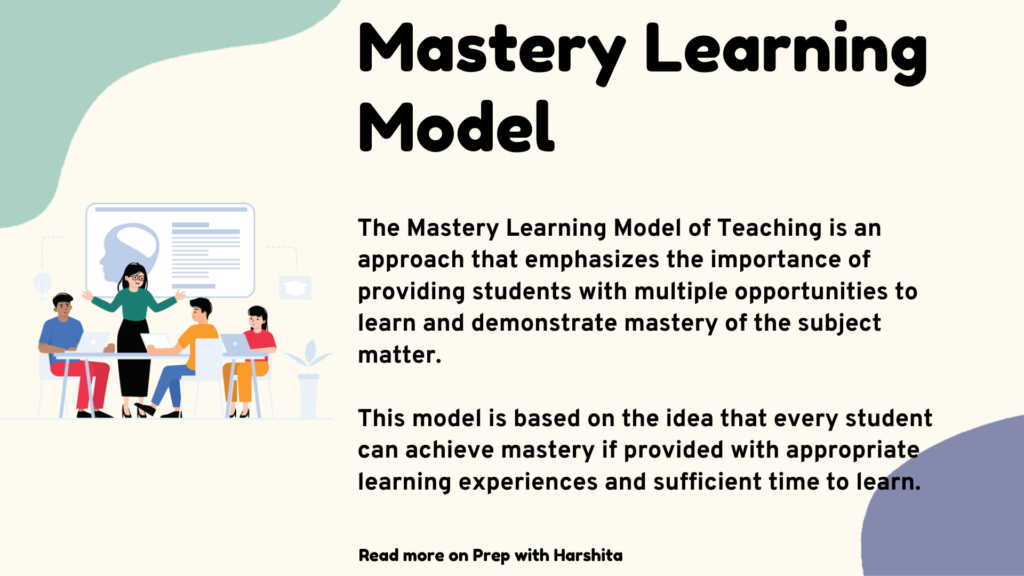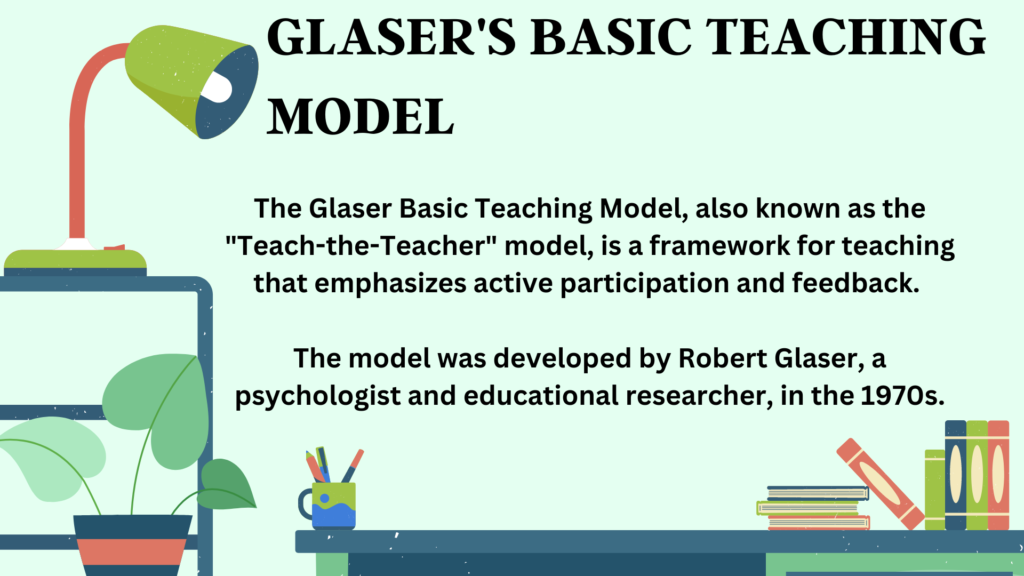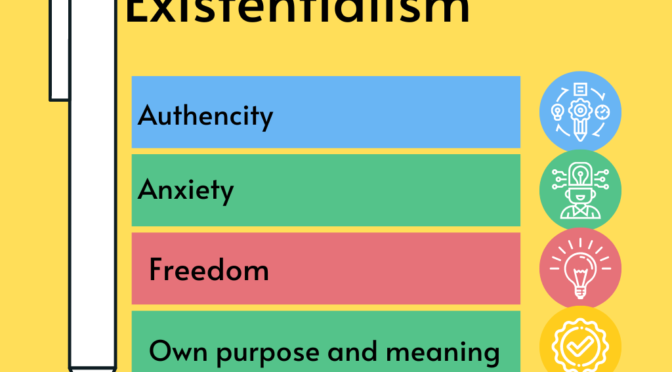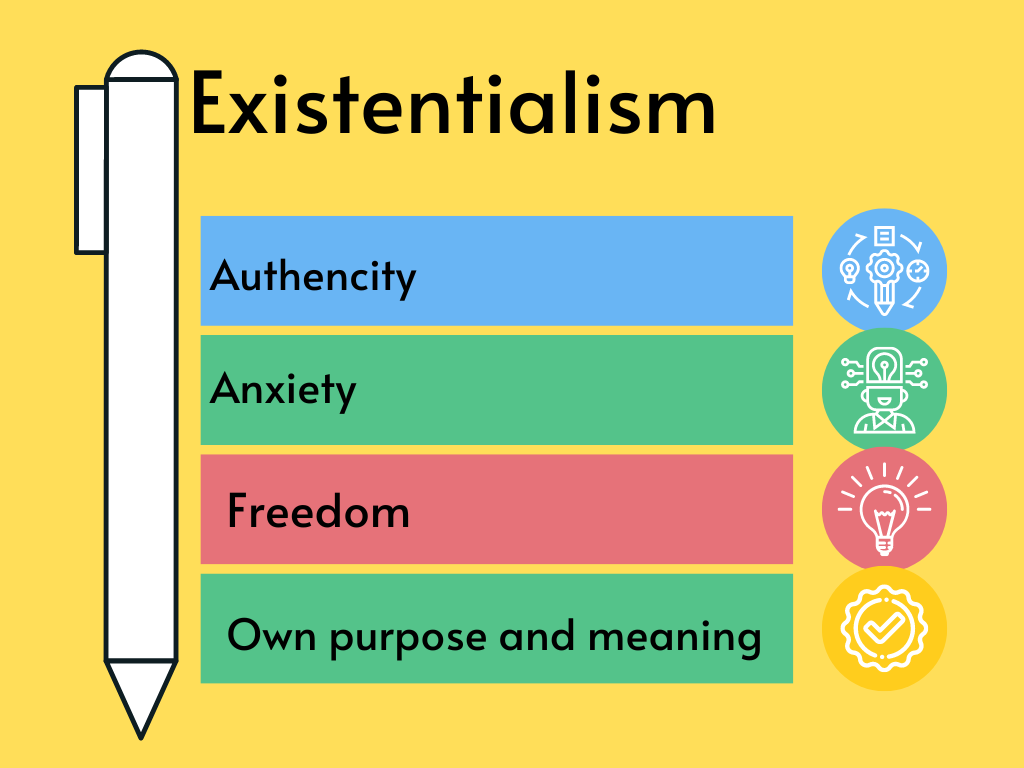The inquiry teaching model, also known as the inquiry-based learning model, is a teaching approach that emphasizes active learning, critical thinking, and problem-solving. This model is often used in science and mathematics education but can be applied to other subjects as well.
It involves posing questions, problems, or scenarios to students and encouraging them to investigate, explore, and discover answers through research, experimentation, and discussion. The teacher acts as a facilitator, guiding and supporting students in their learning journey rather than providing all the answers.
There are various stages of the this model including:
- Questioning: The teacher introduces a problem or question to students.
- Exploring: Students investigate the problem or question through research, experimentation, and discussion.
- Making connections: Students connect their findings to existing knowledge and concepts.
- Reflecting: Students reflect on their learning and identify areas for further investigation.
- Applying: Students apply their learning to new situations and contexts.
Also Read : Bruner’s Concept attainment Model
This model encourages students to develop skills such as critical thinking, creativity, and problem-solving, which are essential in the modern workforce. It also promotes student engagement and motivation, as students take ownership of their learning and are actively involved in the learning process.


